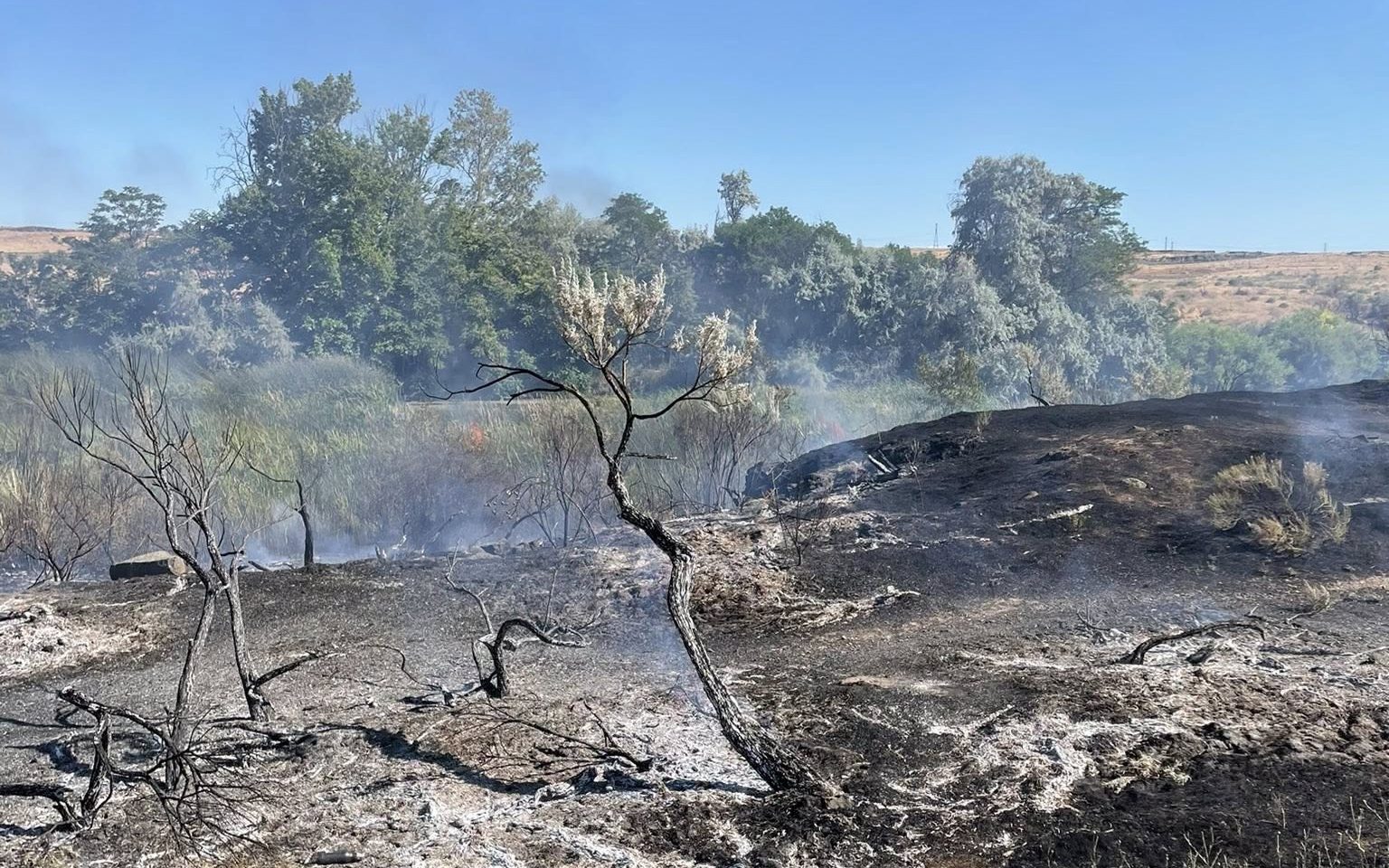More barges mean longer-lasting highways
Published 12:45 pm Friday, September 12, 2008
There are five oil refineries immediately north of Salt Lake City, Utah. Most of them have operated for at least 50 years in one form or another with differing owners. They refine domestic crude oil from surrounding states in the Intermountain West.
There also are five refineries in various coastal locations throughout Washington state, the largest of which receives crude oil from the north slope of Alaska.
Columbia River barges filled with diesel fuel call at a receiving terminal above McNary Dam in the Port of Umatilla dock area. This terminal is the distribution point for much of the diesel fuel used in Eastern Oregon and Eastern Washington, including locomotive fuel for the Union Pacific Railroad.
Union Pacific diesel is transported via a high-pressure pipeline from the Columbia River fuel terminal through eastern Hermiston to Hinkle.
The last refinery constructed in the United States was built in Garyville, La. It went into production in 1976. Attempts to build new refineries since have met with sufficient opposition to have curtailed any additional capacity.
The quality of crude oil largely determines the outcome of refined products. Some crude oil yields more high grade components than other types, but the general outcome in the past was that revenue from gasoline and diesel fuel was sufficient to render the lower-grade components of little value. Some of the lower-grade products are fuel oil and asphalt.
As crude oil prices and motor fuel prices have increased recently, in a nation that opposes additional refining capacity, owners have been confronted with smaller profit margins for overall operations. This financial challenge has led to installing new and more sophisticated processing equipment called coker units.
A coker unit allows the refiner to extract more high-grade components from a barrel of crude oil to compensate for rising crude oil prices, but at the same time has made fuel oil and especially asphalt less abundant because it is now a lower percentage of the total barrel.
Hot mix surfacing asphalt for roads and parking lots varies considerably both in terms of the size and type of aggregate used in the mix and in the composition of the petroleum agents used for binding the aggregate.
The bearing capacity of the road base, fluctuations in temperature, exposure to heavy loads, precipitation and frequency of freezing and thawing temperatures all have a respective impact on the durability of any given asphalt surface.
Highways, streets, driveways, and paved parking lots all require maintenance. Anyone who uses any of these has been or will be effected by surging prices in asphalt.
Those who are responsible for this portion of our infrastructure are faced with increasingly difficult budgetary challenges because of the high prices of asphalt.
Deferred maintenance to meet other requirements only results in paying more for greater repairs later.
Port managers, city managers, county road masters, various commissioners, college trustees and public school administrators, legislators, transportation policy makers, and countless private business owners are challenged by this development in rising asphalt costs.
One of the most attractive attributes of asphalt is that it is recyclable. On a tonnage basis, no manufactured product is recycled more than asphalt.
Research and development in surfacing technology is being done with fabrics that help curtail upwelling when road bases freeze, aggregate mixes that address reduced sound from traffic, application procedures that are more durable and repairable as well as mix formulas that are more cost effective.
Europeans are testing several interesting innovations, including various waste streams, such as vegetable oils, lignin, and natural rubber. This is referred to as bioasphalt.
Increasing costs for motor fuel and asphalt are making alternative modes of transportation more economically viable. The navigable waterways of the Pacific Northwest still are virtually empty compared to their full potential for freight bearing capacity.
Freight on water by ton mile is more economical than by rail or road. Freight on water by ton mile produces far fewer airborne emissions.
Maintenance comparisons also are more economical. As more freight moves to waterways, fuel demand will decrease and asphalt surface life will be extended.
Taxpayers and private business owners should applaud every barge they see on America’s navigable waterways. Every barge means less wear and tear on your asphalt, leading to lower prices for motor fuel.
Kim B. Puzey is general manager of the Port of Umatilla. Readers may call him at (541) 922-3224 or e-mail kimpuzey@uci.net.






